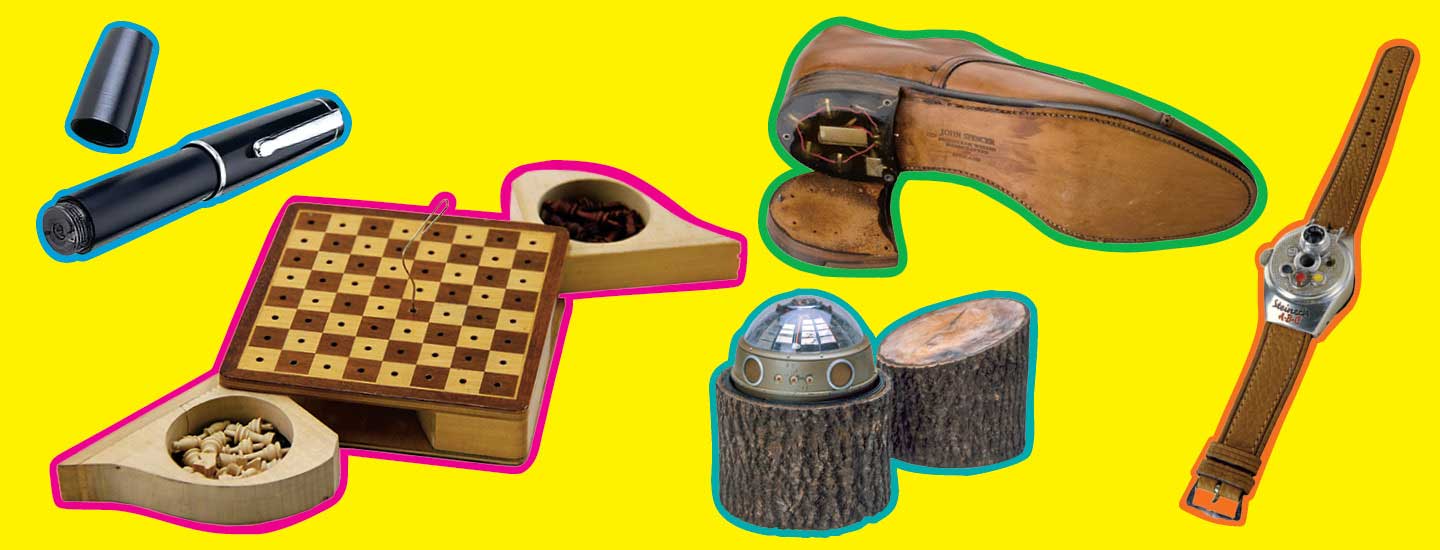Scroll down to our slideshow “Spy Gadgets From History” to find out how spies used these high-tech tools (above)!
Common Core: RH.6-8.1, RH.6-8.2, RH.6-8.4, RH.6-8.7, WHST.6-8.2, WHST.6-8.4, WHST.6-8.6, RI.6-8.1, RI.6-8.2, RI.6-8.4, RI.6-8.7, W.6-8.2, W.6-8.4, W.6-8.6, SL.6-8.1
NCSS: Time, Continuity, and Change • Individual Development and Identity • Individuals, Groups, and Institutions • Power, Authority, and Governance • Global Connections

